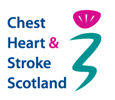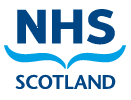Respiratory emergencies
If the patient/client is suddenly unwell, immediate emergency action maybe necessary. If any of the following are present the patient may need urgent medical attention:
- Rapid breathing: if respiratory rate is above 30 breaths per minute.
- Blood pressure: if less than 90/60 (if this is not normal for this individual).
- Oxygen levels: oxygen saturation of less than 92% on air ( if this is not normal for this individual). Or the person looks unusually blue around their lips.
- Pain: central chest pain.
- Heart rhythm: if unusually slow: under 60 beats per minute, or fast: over 100 beats per minute or irregular pulse. This can be a sign of suspected unstable arrhythmia (an irregular heart rhythm).
- Difficulty breathing: such as noisy high pitched breathing sound (Stridor) or increased breathing effort without air movement (suspect upper airway obstruction).
- Changed breathing pattern: if the trachea is pushed to one side (Unilateral tracheal deviation), one sided breath sounds where breath sounds are only heard in one lung (this may be a pneumothorax where air or fluid builds up outside of the lung tissue and causes the lung to collapse).
- Orientation: new confusion, increased confusion or increased drowsiness, either observed or reported by carers. This can be a sign of infection/ sepsis.





